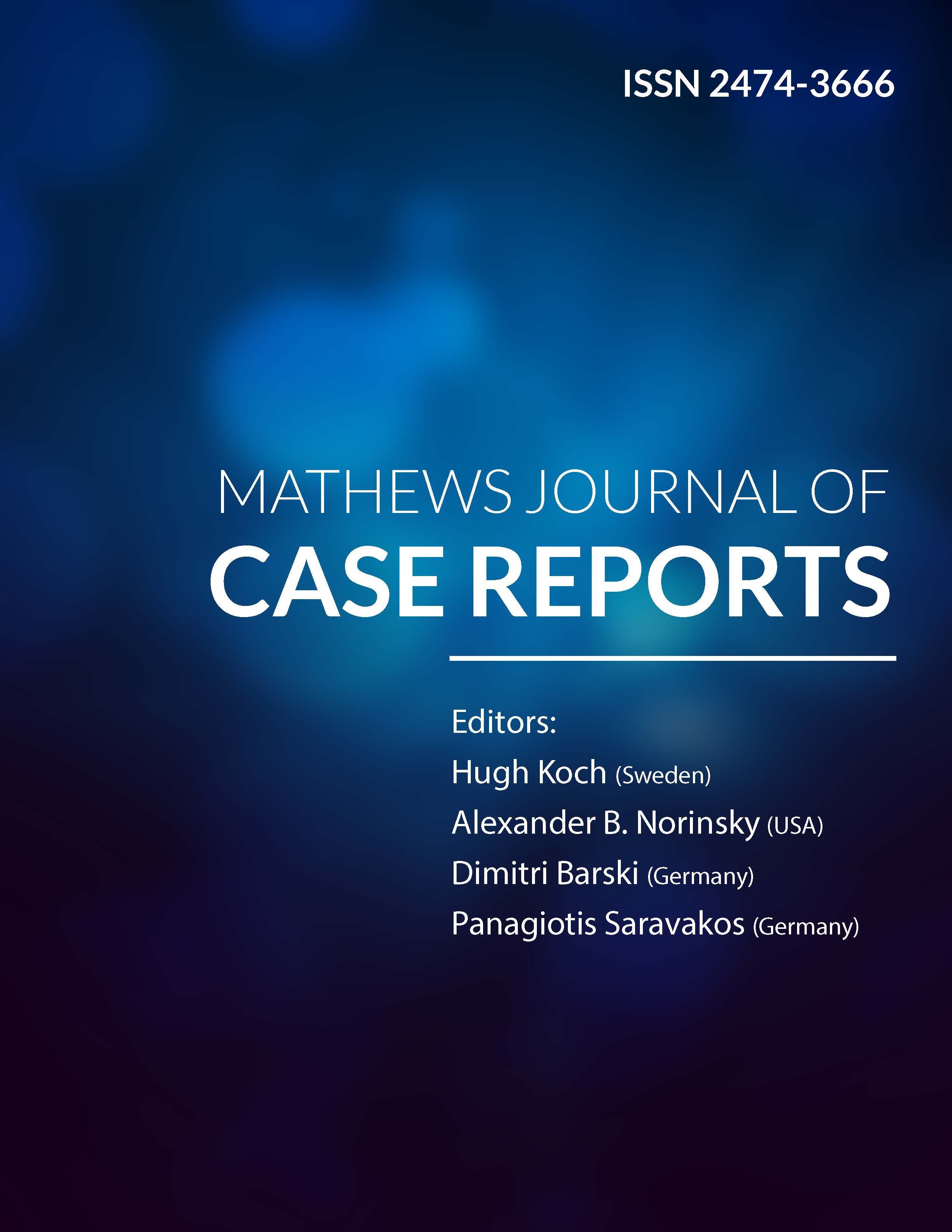
Information Links
Previous Issues Volume 9, Issue 9 - 2024
Radiometric Analysis of Contrast Enema for Encopresis in Children: A Review Article
Michael D Levin*
Dorot. Medical Center for Rehabilitation and Geriatrics, Netanya, Israel
*Corresponding Author: Michael D Levin, Dorot. Medical Center for Rehabilitation and Geriatrics, Amnon veTamar, Netanya, Israel, Tel: 972-538281393, Email: [email protected]
Received Date: August 18, 2024
Published Date: October 28, 2024
Citation: Levin MD. (2024). Radiometric Analysis of Contrast Enema for Encopresis in Children: A Review Article. Mathews J Case Rep. 9(9):188.
Copyrights: Levin MD. (2024).
ABSTRACT
The term "encopresis," analogous to the term "enuresis," was introduced by Weisenberg in 1926 to describe those forms of fecal incontinence in which there is no organic damage to the elements involved in fecal retention. Encopresis most often occurs in children with chronic constipation. However, the pathophysiology and pathogenesis of this phenomenon are not well understood. Less commonly observed is non-retentive fecal incontinence, the etiology and pathogenesis of which are unknown. It is not accompanied by fecal retention in the rectum, and therefore, there is no constipation. Objective: To study the pathogenesis of encopresis in children using radiometric analysis of barium enemas. Material: This article is based on a review of our published studies using radiometric analysis. In 127 (77%) patients in group 1, encopresis was combined with constipation, and a barium enema revealed varying degrees of megacolon. The 39 (23%) patients in group 2 had no history of constipation and showed no dilatation of the rectum according to the barium enema. Results: In children with chronic constipation, large volumes of feces accumulate in the rectum due to delayed bowel movements. In the dilated rectum (megacolon/megarectum), large fecal masses form, stretching the pelvic floor muscles. Stretching of the puborectalis muscle (PRM) weakens fecal continence, leading to stool leakage into underwear. Various degrees of PRM dysfunction were observed, up to the development of descending perineal syndrome. In children with encopresis without constipation, a decrease in the width of the rectum and the left side of the colon was found. In most of these cases, proctoscopy revealed macroscopic signs of inflammation. We hypothesize that the inflammatory process leads to increased intestinal tone and rapid movement of the bolus into the rectum, with high rectal tone stimulating the defecation reflex with small volumes of feces. Conclusion: The data obtained on the pathogenesis of different forms of encopresis will allow for the implementation of pathogenetic treatment.
Keywords: Encopresis, Functional Constipation, Barium Enema, Nonretentive Fecal Incontinence, Pathophysiology.